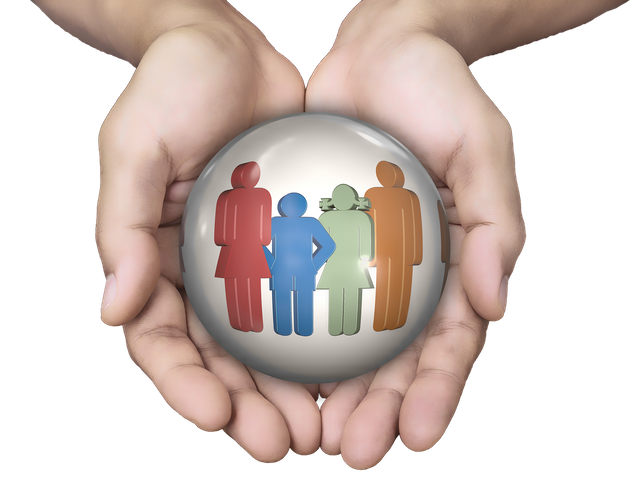The Diversity of Family Systems Around the World

Introduction
Families are the cornerstone of societies worldwide, and they come in an astonishing variety of forms. While the concept of a family typically evokes images of parents and children living under one roof, the reality is that family systems are incredibly diverse. The dynamics, structures, and functions of families can vary greatly from one culture to another, reflecting the rich tapestry of human experiences. In this article, we will embark on a journey to explore the unique family systems found around the world.
Nuclear Families: The Western Standard
In many Western countries, the nuclear family is the most prevalent family system. This model consists of two parents and their biological or adopted children living together in a single household. It's often seen as the "traditional" family structure in these societies, but even within this framework, there can be considerable diversity in family dynamics and values.
Extended Families: The Pillars of Support
Contrastingly, in many Asian, African, and Middle Eastern cultures, extended families are the norm. These families often comprise several generations living under one roof or in close proximity. Grandparents, aunts, uncles, and cousins play significant roles in the upbringing and support of children. The extended family system provides a robust support network and a sense of communal belonging.
Matrilineal Societies: A Different Lineage
In some regions, such as parts of India, Ghana, and certain Native American tribes, matrilineal family systems are practiced. In these societies, lineage and inheritance pass through the female line. This can result in unique family dynamics, with women often assuming leadership roles within the family and community.
Polygamous Families: Multiple Partners
Polygamous family systems exist in various forms worldwide. In many Middle Eastern and African countries, polygamy is legally and culturally accepted. In these families, a man may have multiple wives, each of whom may have her own children. The dynamics in polygamous families can be complex, with considerations for hierarchy and relationships between co-wives.
Blended Families: The Modern Mosaic
With the rise of divorce and remarriage, blended families have become increasingly common. These families consist of a mixture of biological children from previous relationships and may include step-siblings and half-siblings. Negotiating relationships and roles within blended families can be challenging but also offers opportunities for growth and connection.
Same-Sex Families: Love Knows No Boundaries
In many parts of the world, same-sex couples have formed families through adoption, surrogacy, or co-parenting arrangements. These families challenge traditional gender roles and highlight the importance of love and commitment in family life, regardless of the gender of the parents.
Communal Living: Shared Values
Some families choose to live in intentional communities where multiple households come together to share resources, responsibilities, and values. These communal living arrangements can be found in various forms, from ecovillages focused on sustainability to religious or spiritual communities.
Conclusion
The diversity of family systems worldwide reflects the rich tapestry of human culture, history, and values. While these various family structures may appear vastly different on the surface, they all serve the fundamental human need for connection, support, and love. As societies evolve and adapt to changing norms and values, family systems will continue to transform, reminding us that there is no one-size-fits-all model for what constitutes a family. Ultimately, the heart of any family system lies in the bonds of love and care that bind its members together, regardless of its unique structure or traditions.